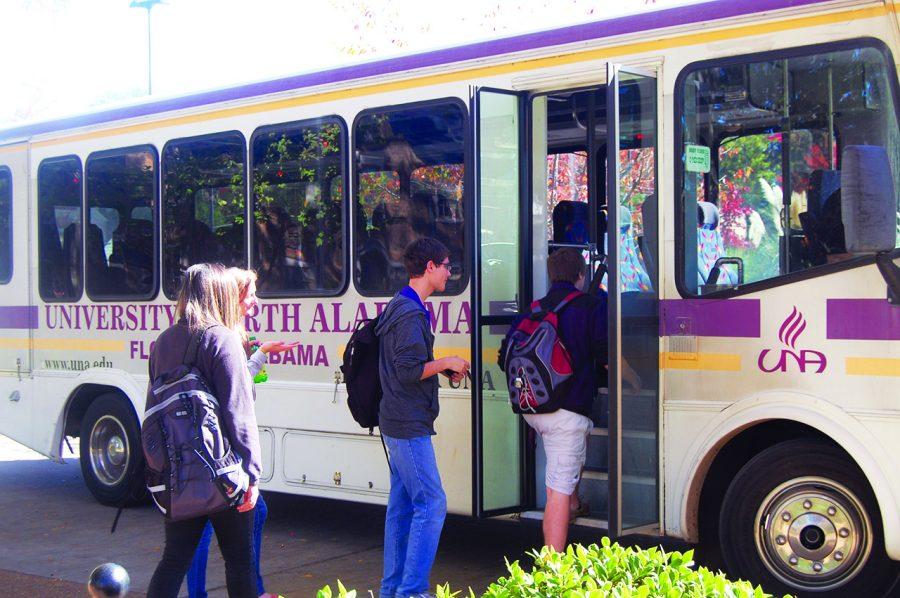Pastula: Additional systems cost $21,000
November 7, 2013
Safety authorities are currently evaluating plans to equip the five university shuttle buses that do not feature tracking devices with GPS units for the future.
The purchase would cost the university an additional $21,000 per year, said Chief of Police Bob Pastula.
“There are plans to get additional GPS units for the buses without them right now,” Pastula said. “It is expensive though. Right now we pay $21,000 per year to operate the five units that are currently installed.”
The problem is made more complicated whenever one of the buses carrying a tracking device breaks down, Pastula said.
“We have 10 total buses, five routes that are running,” Pastula said. “When one of the buses with GPS breaks down it sort of becomes a problem just because we don’t have GPS on some of the buses (and) have to replace the bus that is broken down.”
Members of the Student Government Association are also working to find a way to secure funding for the additional devices, said SGA President Laura Giles.
Members of SGA originally approved a $2 per semester increase in the transportation fee earlier this year to fund the original five devices.
“We have discussed the need to add the five units to the buses and funding that has been something we have had to try and figure out,” Giles said. “It was hard enough for us to make the decision to bump up the transportation fee once before.”
The GPS units were installed on the buses when the university developed and released an application for smart phones that allows students to track the real-time location of buses as they make their routes.
“I think it is a good app,” Pastula said. “I think it is worth the money we spend especially if we are going to be making some students park off campus.”
Junior Andy Page does not believe that a continual investment in a GPS system is a wise use of student or university money, he said.
“I believe it would be wiser for the school to use it’s money to perhaps improve the quality of living in the dorms, improve the internet connection speed and have functioning computers,” Page said. “That is what students paid for — not GPS in shuttles that take them to Walmart or around campus. It’s unnecessary and ridiculous to think so.”
Giles see the current transportation system, featuring the app and regular shuttles, as vital for the future, she said.
“Not a lot of people have addressed it (the app), but everything I have heard has been good,” Giles said. “I don’t feel like a huge percentage of the students use it or the buses right now, but those who do use it, it is very helpful for them. Getting this system up and running now, and getting the students used to using it, is going to be so beneficial in the future.”
Sophomore Jordy Searcy wishes that students were kept more in the loop about how their money is being spent, she said.
“However, I don’t remember being informed once by email or otherwise on student-controlled budgets or being asked to vote or give an opinion this semester,” Searcy said.
Maintenance of the buses has been somewhat of an issue but not a problem, Pastula said.
“I think it is a combination of getting the buses repaired in a timely manner and finding someone who can actually work on these buses,” Pastula said. “The buses are old so they do experience some wear and tear, but there aren’t a lot of people around here who work on these buses so it is sometimes hard to find someone to work on them. But we do have someone who does it, it is just a matter of getting them over there and getting them back on the road.”
Editor’s note: News Editor Pace Holdbrooks contributed to this report.


